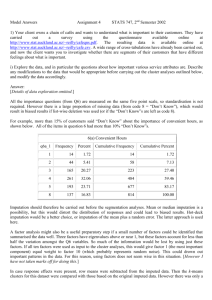2010 Comments on organic greenhouse and container
advertisement
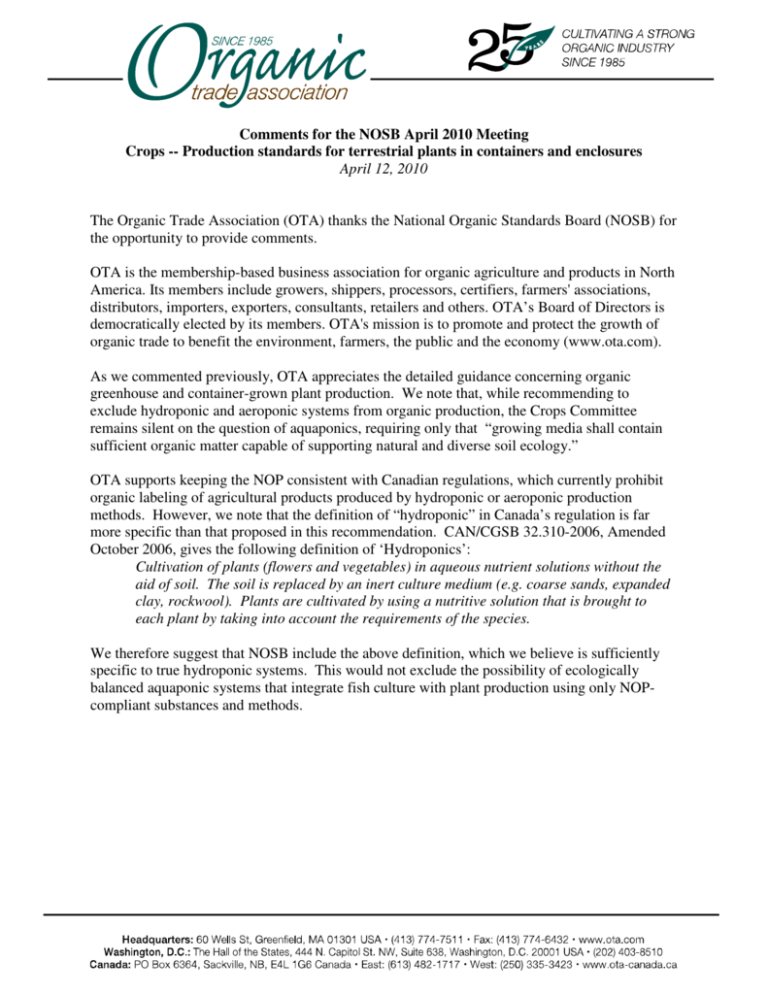
Comments for the NOSB April 2010 Meeting Crops -- Production standards for terrestrial plants in containers and enclosures April 12, 2010 The Organic Trade Association (OTA) thanks the National Organic Standards Board (NOSB) for the opportunity to provide comments. OTA is the membership-based business association for organic agriculture and products in North America. Its members include growers, shippers, processors, certifiers, farmers' associations, distributors, importers, exporters, consultants, retailers and others. OTA’s Board of Directors is democratically elected by its members. OTA's mission is to promote and protect the growth of organic trade to benefit the environment, farmers, the public and the economy (www.ota.com). As we commented previously, OTA appreciates the detailed guidance concerning organic greenhouse and container-grown plant production. We note that, while recommending to exclude hydroponic and aeroponic systems from organic production, the Crops Committee remains silent on the question of aquaponics, requiring only that “growing media shall contain sufficient organic matter capable of supporting natural and diverse soil ecology.” OTA supports keeping the NOP consistent with Canadian regulations, which currently prohibit organic labeling of agricultural products produced by hydroponic or aeroponic production methods. However, we note that the definition of “hydroponic” in Canada’s regulation is far more specific than that proposed in this recommendation. CAN/CGSB 32.310-2006, Amended October 2006, gives the following definition of ‘Hydroponics’: Cultivation of plants (flowers and vegetables) in aqueous nutrient solutions without the aid of soil. The soil is replaced by an inert culture medium (e.g. coarse sands, expanded clay, rockwool). Plants are cultivated by using a nutritive solution that is brought to each plant by taking into account the requirements of the species. We therefore suggest that NOSB include the above definition, which we believe is sufficiently specific to true hydroponic systems. This would not exclude the possibility of ecologically balanced aquaponic systems that integrate fish culture with plant production using only NOPcompliant substances and methods.
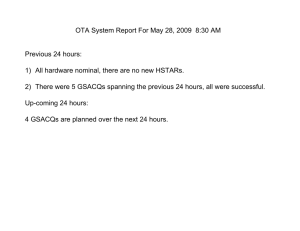



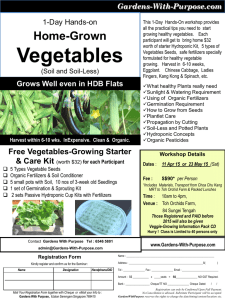




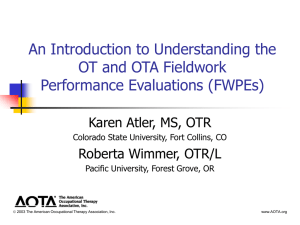
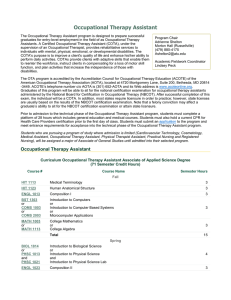
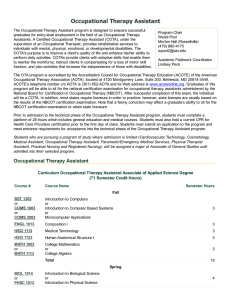
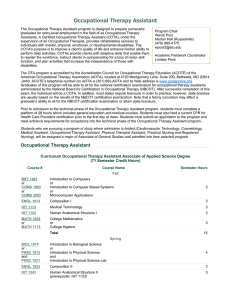
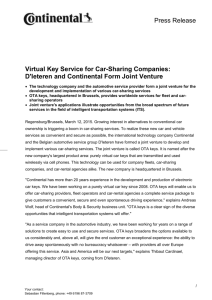
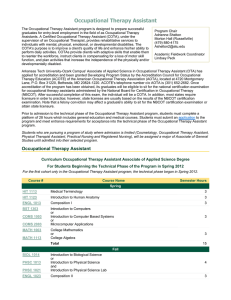

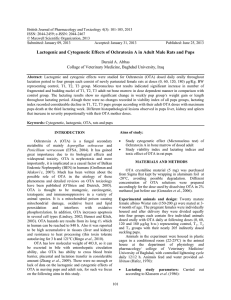
![Overview of OTA Analysis [] - Food and Agriculture Organization](http://s3.studylib.net/store/data/009433451_1-c62d2297eda20b0354a530db950b9053-300x300.png)
